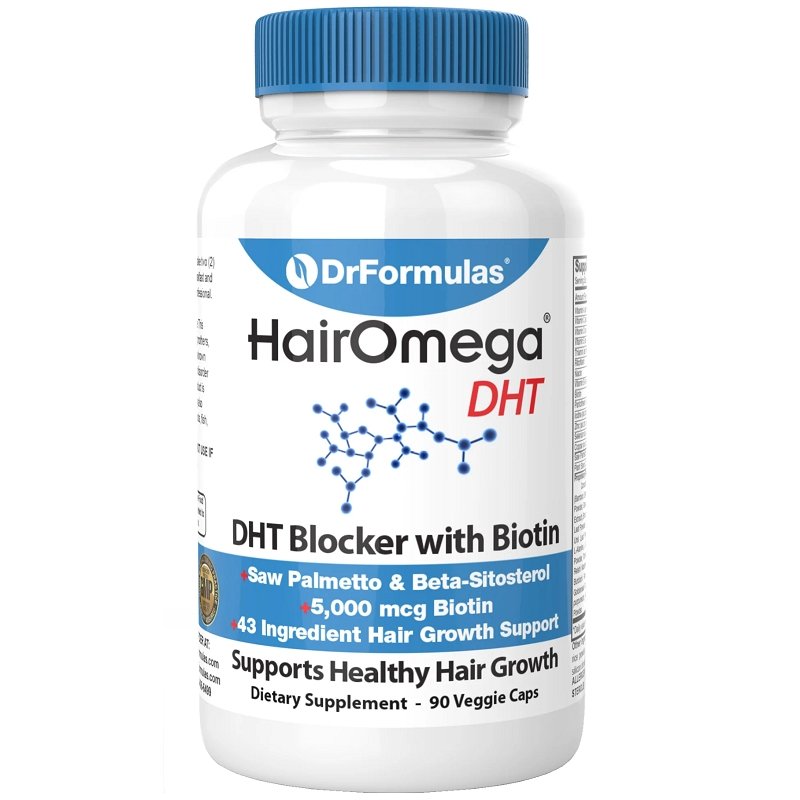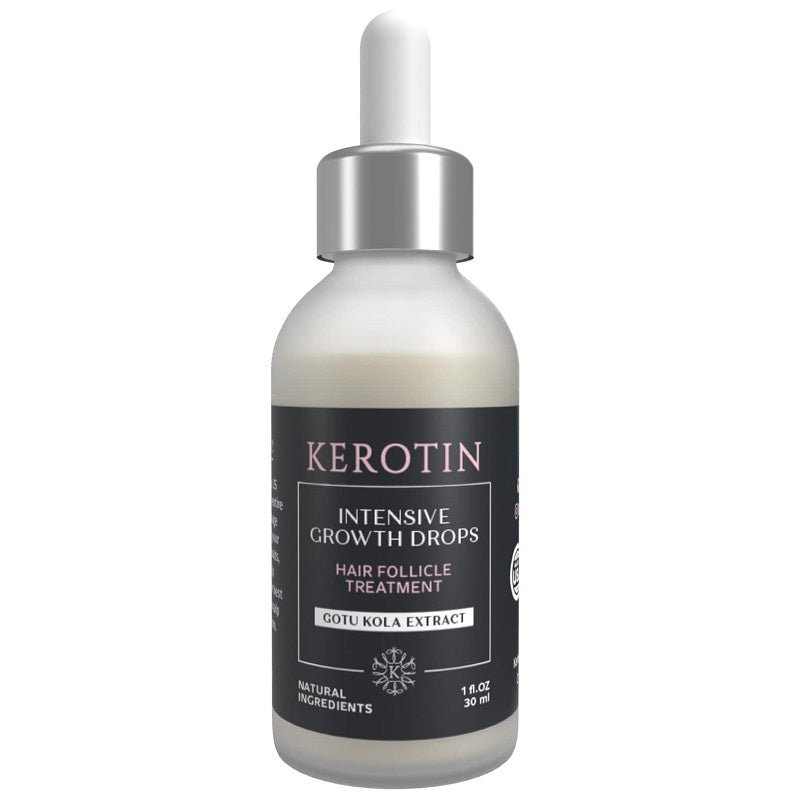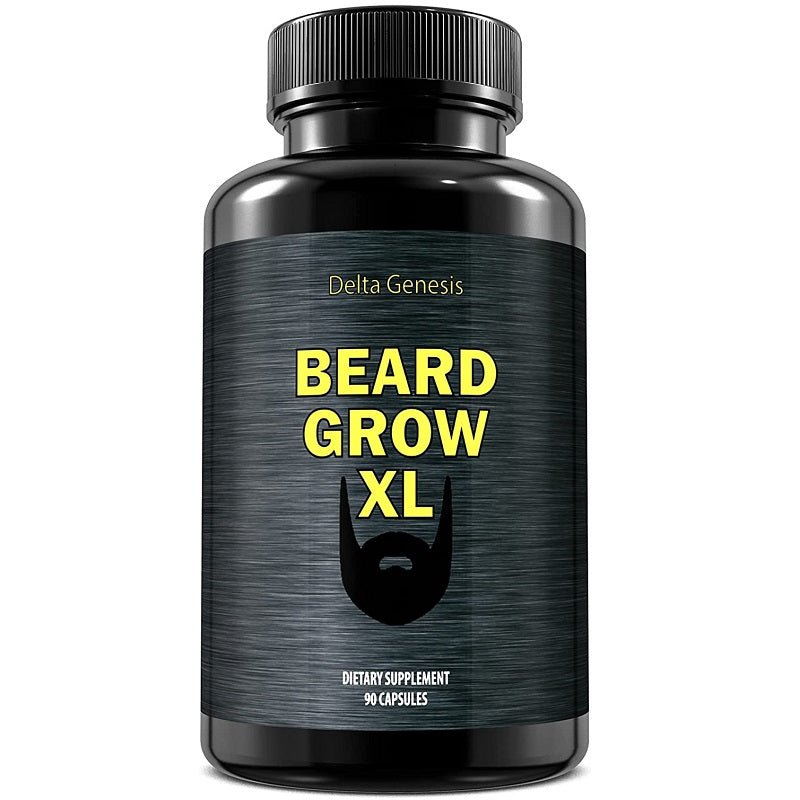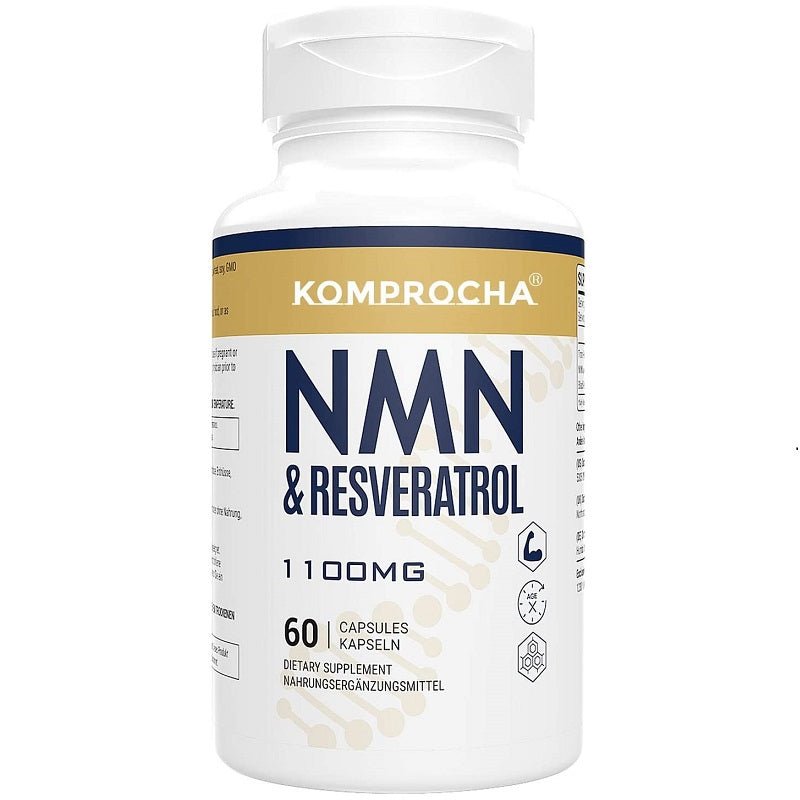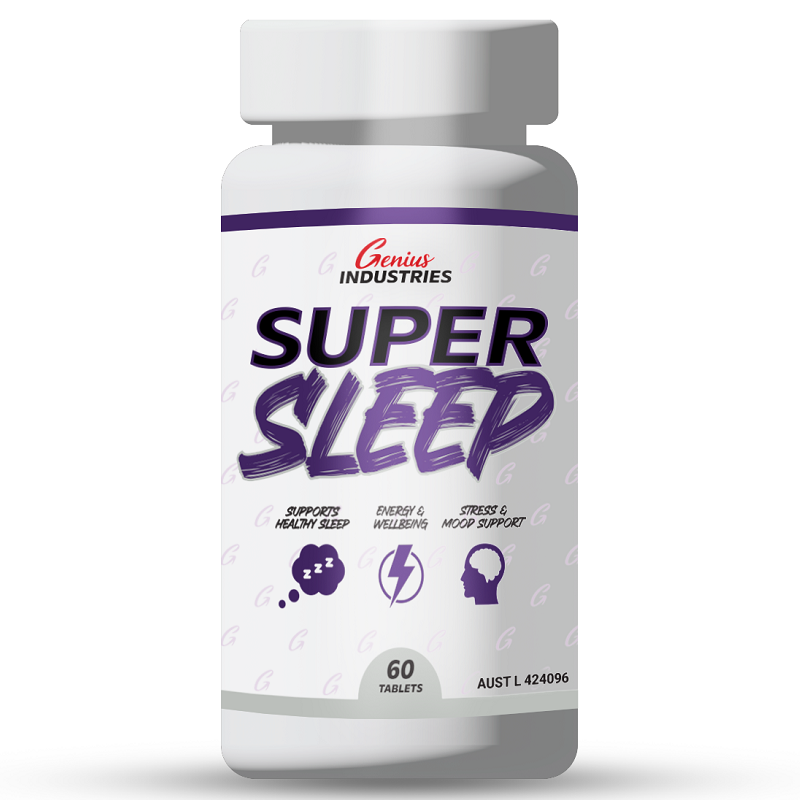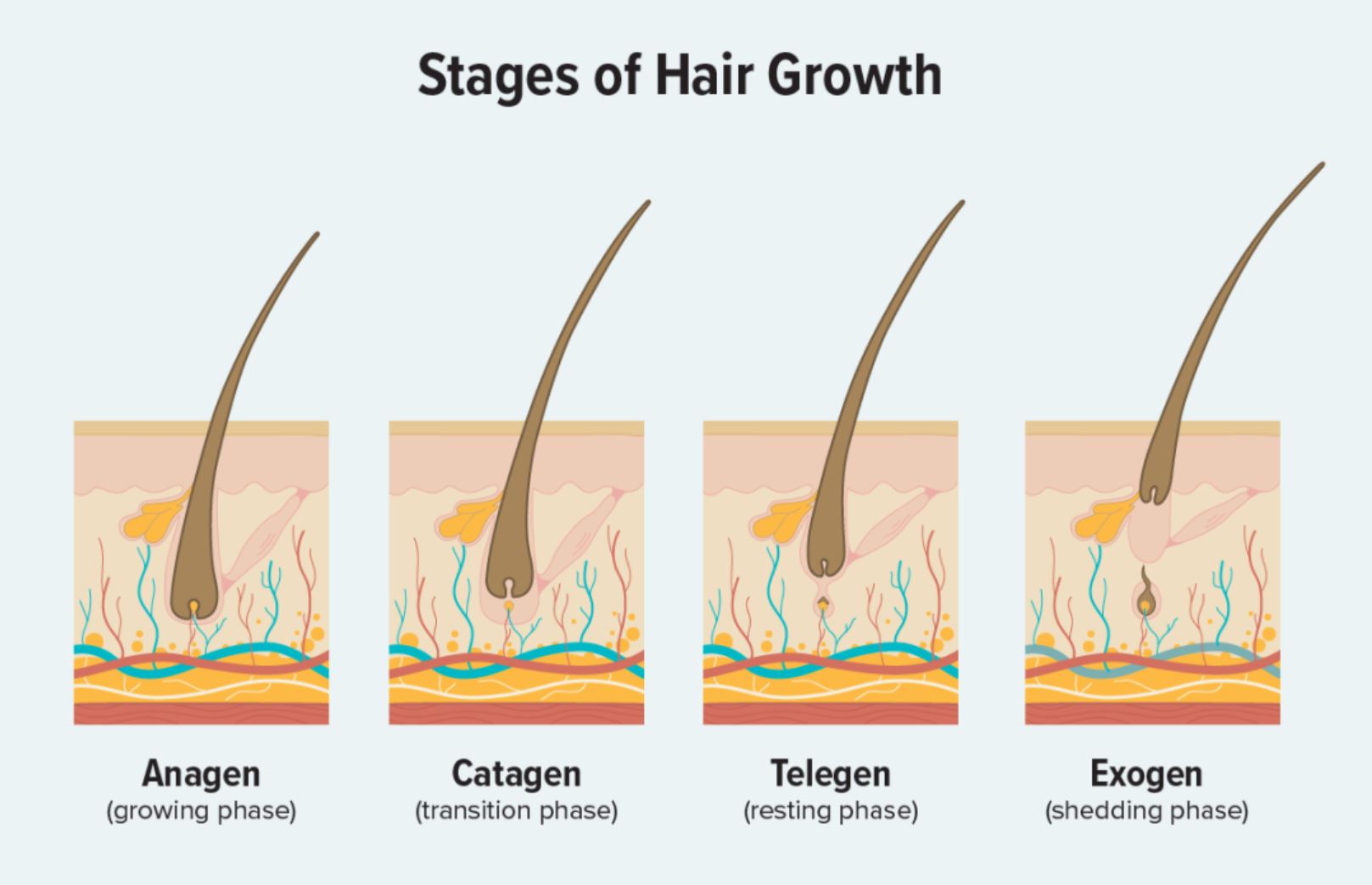Understanding the Hair Growth Cycle: A Complete Guide
Have you ever wondered why hair sometimes seems to grow quickly, while at other times it feels like it’s barely moving? The secret lies in the natural hair growth cycle. Just like the skin renews itself and nails grow, hair follows a structured cycle made up of different phases. Understanding this process can help you make better choices when it comes to hair care, styling, or even addressing hair loss concerns.
The Four Phases of the Hair Growth Cycle
1. Anagen Phase (Growth Stage)
The anagen phase is the active growth stage of your hair. During this time, cells in the hair root divide rapidly, adding length to the hair shaft. On average, hair grows about 1 cm per month, although this varies based on genetics, age, and overall health.
-
Duration: 2–7 years
-
Percentage of hairs in this phase: About 85–90%
-
The longer your hair stays in anagen, the longer it can grow. This is why some people can grow very long hair, while others struggle to grow it past their shoulders.
2. Catagen Phase (Transition Stage)
After the growth stage, hair enters the catagen phase—a short transitional period where the hair follicle begins to shrink and detach from its blood supply. Hair no longer grows during this phase.
-
Duration: 2–3 weeks
-
Percentage of hairs in this phase: Less than 5%
-
This phase marks the end of active growth for that individual strand.
3. Telogen Phase (Resting Stage)
In the telogen phase, the hair follicle rests. Although the old hair stays in place, a new hair is preparing to grow underneath. This is a normal part of the cycle and doesn’t mean the hair is “dead.”
-
Duration: 3–4 months
-
Percentage of hairs in this phase: 10–15%
-
It’s completely normal to shed about 50–100 hairs daily as older telogen hairs naturally fall out.
4. Exogen Phase (Shedding Stage)
The exogen phase is considered an extension of the telogen stage. Here, old hairs are released and fall out, making room for new hairs to grow. Activities like washing and brushing often speed up this natural shedding.
-
Duration: Several weeks
-
This is when you may notice hairs in your shower drain or hairbrush, which is perfectly natural.
Why Understanding the Cycle Matters
Knowing how the hair growth cycle works can help you:
-
Recognise normal shedding vs. excessive hair loss.
-
Choose the right treatments for thinning or slow-growing hair.
-
Support growth naturally through proper nutrition, reduced stress, and good scalp care.
Hair growth is influenced by genetics, age, hormones, and lifestyle factors. While you can’t change your DNA, adopting healthy habits like eating a balanced diet, managing stress, and avoiding harsh chemical treatments can support your hair’s natural cycle and keep it looking fuller and healthier.
Final Thoughts
The hair growth cycle is a fascinating, continuous process that keeps our hair renewing itself. By understanding the anagen, catagen, telogen, and exogen phases, you’ll be better equipped to care for your hair and identify what’s normal versus when it might be time to seek advice from a hair specialist.








